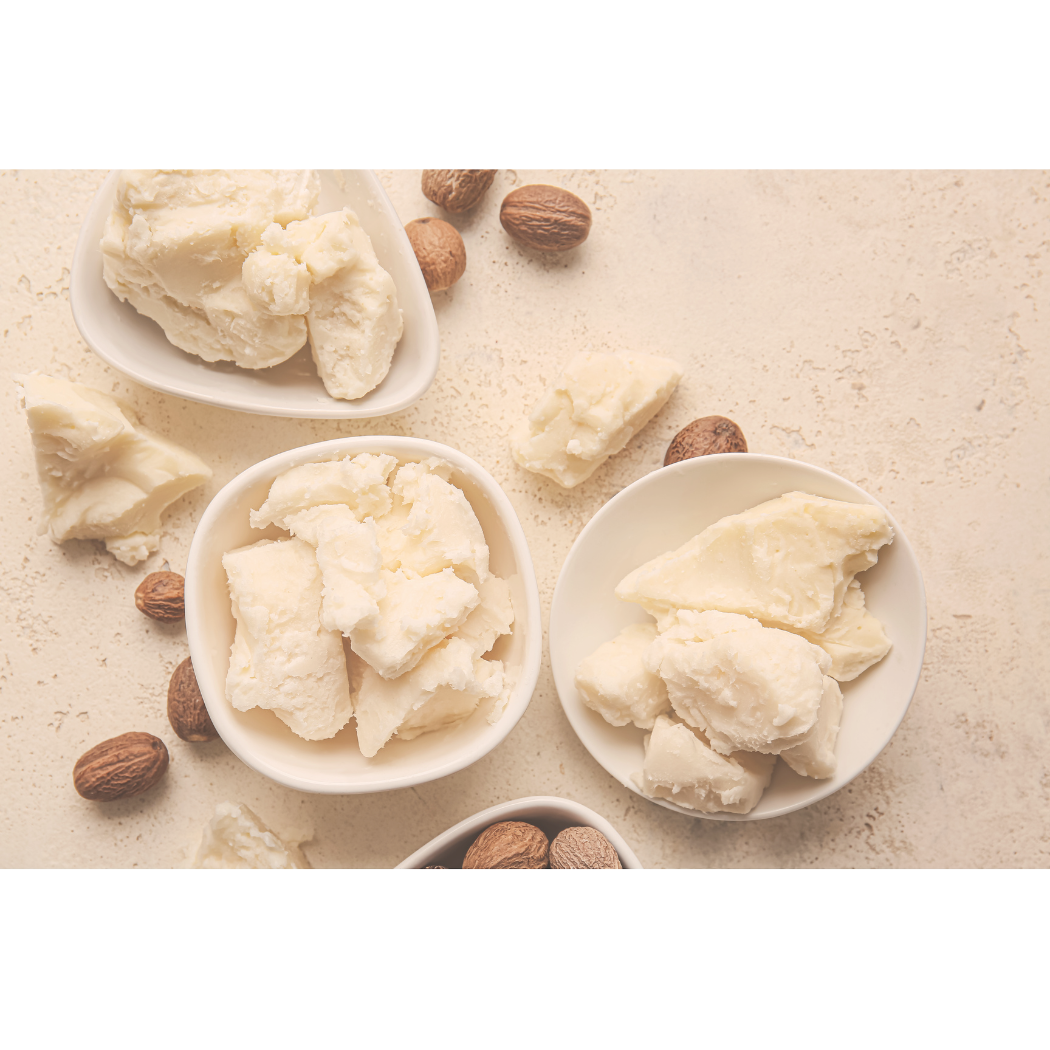
The Essence of Shea Butter: From Origin to Benefits
The Wonders of Shea Butter: Exploring Its Rich History, Production, and Benefits for Skin and Hair.
The Origins of Shea Butter
Shea butter is derived from the nuts of the shea tree, scientifically known as Vitellaria paradoxa. This tree is native to the savannah regions of West Africa, spanning countries such as Ghana, Nigeria, Mali, and Burkina Faso. The shea tree is often referred to as the "tree of life" due to its incredible ability to thrive in harsh climates and its provision of vital resources to local communities.
Historically, shea butter has been used for centuries by African communities not only as a cosmetic product but also for medicinal purposes and as a food source. Its significance is deeply embedded in various cultural traditions, and it has been traded across the continent and beyond.
The Traditional Production of Shea Butter
The process of making shea butter is labor-intensive and is traditionally carried out by women in rural communities. Here is a step-by-step look at how shea butter is traditionally made:
- Harvesting: The process begins with the gathering of fallen shea fruits during the rainy season. The fruit pulp is removed, and the nuts are collected.
- Cracking and Roasting: The nuts are cracked open to extract the kernels, which are then roasted to enhance their natural oils.
- Grinding and Boiling: The roasted kernels are ground into a paste and boiled in water. The boiling process allows the fat to separate and rise to the surface.
- Skimming and Cooling: The fat is skimmed off the top and left to cool and solidify, resulting in the rich, creamy shea butter.
This traditional method not only ensures the purity and quality of the shea butter but also supports the livelihoods of many women in West Africa.
The Chemical Breakdown of Shea Butter
Shea butter is packed with a unique blend of vitamins, fatty acids, and antioxidants that make it a powerhouse in skincare and haircare. Its chemical composition includes:
- Vitamins: Rich in vitamins A and E, shea butter helps to nourish and protect the skin, promoting healing and reducing inflammation.
- Fatty Acids: Contains essential fatty acids like oleic, stearic, palmitic, and linoleic acids, which provide deep moisturizing properties and support the skin's natural barrier.
- Antioxidants: Offers a natural source of antioxidants, which help to protect the skin from environmental damage and premature aging.
Benefits for Skin and Hair
Skin Benefits
- Moisturization: Shea butter is an excellent moisturizer that penetrates deep into the skin, providing long-lasting hydration without clogging pores.
- Anti-Inflammatory Properties: Its natural anti-inflammatory properties help to soothe irritated skin and are beneficial for conditions like eczema and psoriasis.
- Healing and Regeneration: The presence of vitamins A and E aids in skin regeneration and healing, reducing the appearance of scars and stretch marks.
Hair Benefits
- Nourishment and Shine: Shea butter nourishes the scalp and hair, adding a natural shine and softness to dry and brittle hair.
- Protection: It acts as a protective barrier against environmental damage, such as UV rays and pollution, helping to maintain healthy hair.
- Reduced Frizz: The moisturizing properties help to tame frizz and improve the overall texture of hair.
In conclusion, shea butter is a versatile and invaluable natural product with a rich history and a wide range of benefits for both skin and hair. Its journey from the savannahs of West Africa to our beauty routines is a testament to its enduring appeal and effectiveness. Whether you're looking to hydrate your skin, repair damaged hair, or simply indulge in a bit of natural luxury, shea butter is a choice that offers a wealth of benefits.
